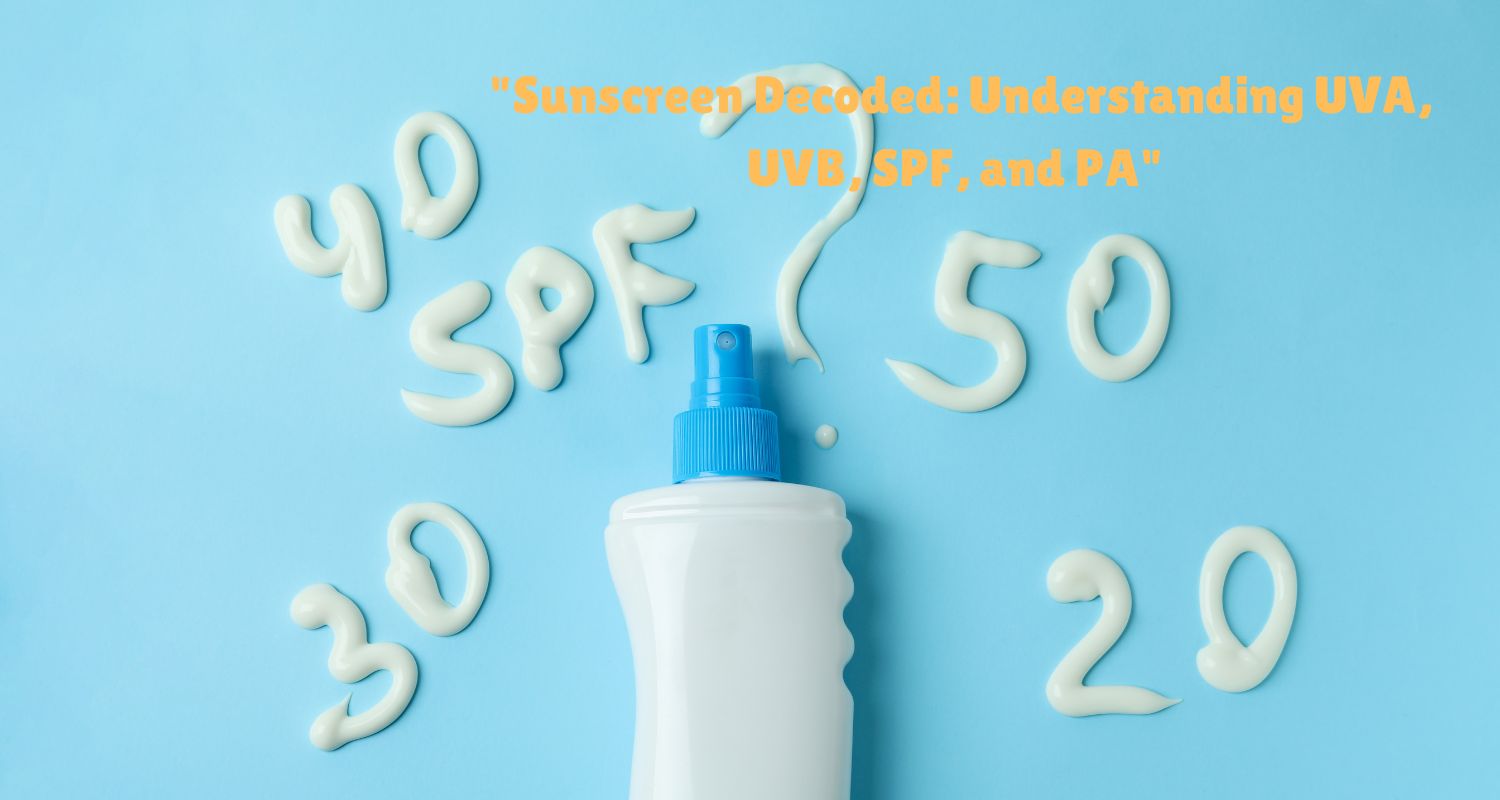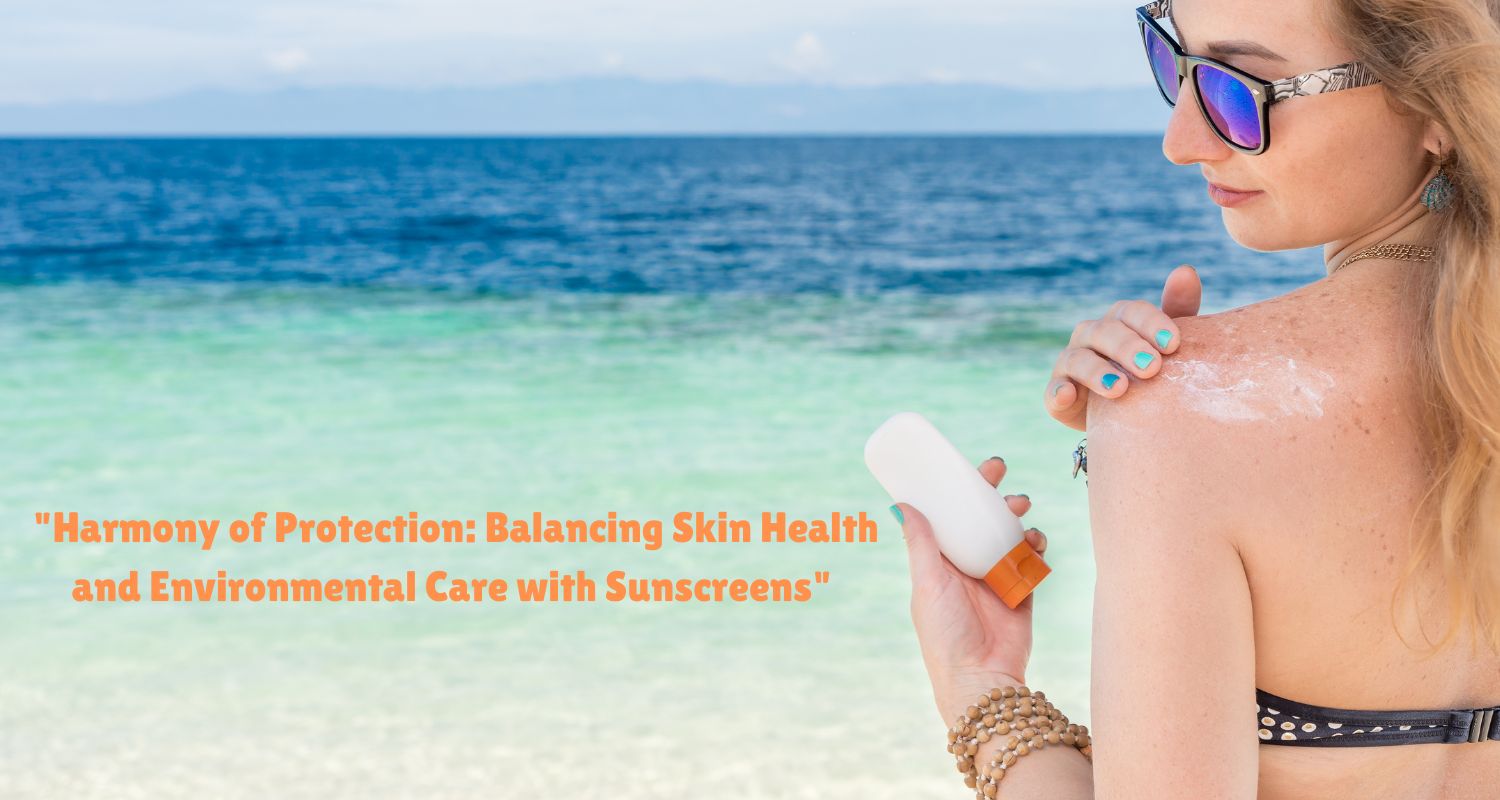
24. "Sunscreen Decoded: Understanding UVA, UVB, SPF, and PA"
"Sunscreen Decoded: Understanding UVA, UVB, SPF, and PA"
-
UVA Rays:
- Penetration and Effects: UVA rays are known for their ability to penetrate deeply into the skin, reaching the deeper layers of the dermis. This deep penetration contributes to long-term skin damage such as photoaging, which includes wrinkles and skin sagging.
- Skin Cancer Connection: Prolonged exposure to UVA rays has also been linked to the development of certain types of skin cancers.
- Daily Exposure: Unlike UVB rays, UVA rays are present with relatively equal intensity during all daylight hours throughout the year and can penetrate clouds and glass. This means that even on cloudy days or while indoors near windows, the skin can be exposed to UVA radiation.
-
UVB Rays:
- Surface Impact: UVB rays primarily affect the outer layer of the skin, the epidermis. This leads to visible damage like sunburn and redness.
- Vitamin D Synthesis: UVB rays are essential for the production of Vitamin D in the skin, which is crucial for bone health and immune function.
- Cancer Risk: Although necessary for Vitamin D synthesis, overexposure to UVB rays can increase the risk of developing skin cancers, particularly the more common forms like basal cell and squamous cell carcinomas.
- Intensity and Penetration: UVB rays are more intense than UVA rays and are the primary cause of sunburn. However, they are less penetrating and cannot pass through glass.

-
SPF (Sun Protection Factor):
- UVB Protection: SPF is a measure of how well a sunscreen will protect the skin from UVB rays.
- Understanding SPF Values: The SPF value indicates the theoretical amount of time you can stay in the sun without getting sunburned. For example, applying a sunscreen with an SPF of 30 theoretically allows you to stay in the sun 30 times longer than without any protection.
- Protection Percentage: It's important to note that higher SPF values offer marginally increased protection. For instance, SPF 15 blocks about 93% of UVB rays, SPF 30 blocks about 97%, and SPF 50 blocks about 98%.
- Reapplication: Sunscreens, regardless of SPF, should be reapplied at least every two hours, and more often if swimming or sweating.
-
PA (Protection Grade of UVA):
- UVA Protection Measurement: The PA rating system was developed in Japan and is widely used in Asia to measure UVA protection.
- Rating System: The system ranges from PA+ to PA++++, with more plus signs indicating greater protection.
- Significance: A higher PA rating means that the sunscreen is more effective at protecting against UVA radiation, which is responsible for aging and long-term skin damage.
In summary, while SPF and PA ratings are critical for understanding sun protection, they should be part of a broader sun protection strategy that includes seeking shade, wearing protective clothing, and avoiding the sun during peak hours.
Organic (Chemical) Sunscreens
- Composition: Made with organic (carbon-based) compounds that absorb UV rays, transforming them into heat, which is then released from the skin.
- Texture and Application: Generally lighter and more transparent on the skin. They are easier to apply in a thin, even layer and less likely to leave a white residue.
- Suitability:
- Normal to Oily Skin: Ideal for those with normal to oily skin as they tend to be less occlusive and heavy.
- Acne-Prone Skin: Some formulations are better suited for acne-prone skin as they can be less irritating and less likely to clog pores.
- Dark Skin Tones: Preferred for darker skin tones due to their transparent nature, avoiding the white cast often left by inorganic sunscreens.

Inorganic (Physical) Sunscreens
- Composition: Contain mineral ingredients like zinc oxide or titanium dioxide that physically reflect or scatter UV radiation away from the skin.
- Texture and Application: They can be thicker and might leave a white cast, although newer formulations are becoming more sheer.
- Suitability:
- Sensitive Skin: Ideal for sensitive or rosacea-prone skin as they are less likely to cause irritation.
- Dry Skin: Often formulated with moisturizing ingredients, making them suitable for dry skin types.
- Babies and Young Children: Recommended for young children because of their minimal absorption into the skin and low risk of irritation.
Considerations for Both Types
- Allergies and Sensitivities: Some people may have allergic reactions or sensitivities to specific ingredients in either type of sunscreen, so it’s important to choose a product based on individual skin reactions.
- Environmental Concerns: Certain ingredients in chemical sunscreens have raised environmental concerns, particularly in relation to marine life. In contrast, physical sunscreens are generally considered to be more environmentally friendly.
Conclusion
Choosing the right type of sunscreen depends not only on your skin type but also on personal preferences, lifestyle, and any skin sensitivities or allergies. It's always a good idea to try different formulations to see which works best for your skin. Regardless of the type, the most important factor is to use sunscreen consistently for effective sun protection.


